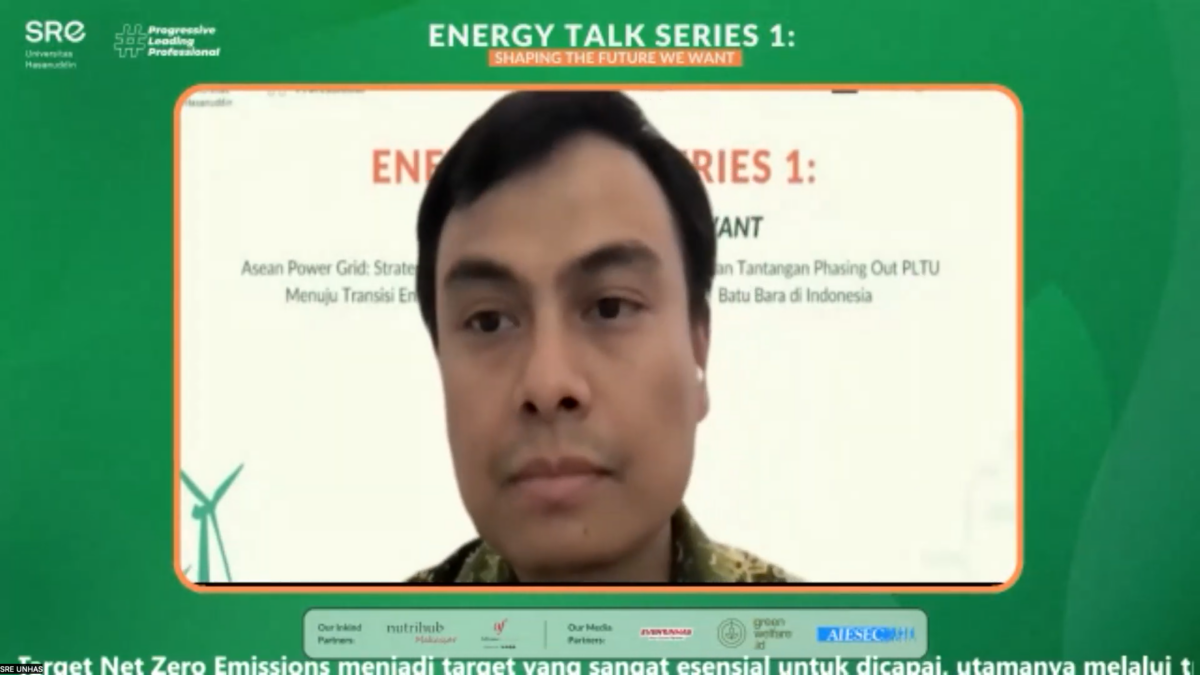
The Important Role of Renewable Energy to Build a Bright Future
Jakarta, June 24, 2023 – Raditya Yudha Wiranegara, Senior Researcher at the Institute for Essential Services Reform (IESR), explained several challenges i... Read more.

Bisnis | IESR Gives Advice Regarding the Polemic on the Sale and Purchase of PLN EBT Generators
The Institute for Essential Services Reform (IESR) proposes the government to cut room for negotiating a power purchase agreement (PPA) that is too long between... Read more.

ANTARA | ASEAN Network Interconnection as a Base for Energy Security
The Institute for Essential Services Reform (IESR) said the ASEAN network interconnection project through the ASEAN Power Grid (APG) could be a starting point f... Read more.

Kompas | ASEAN Needs to Boost Renewables Cooperation
As the chairman of ASEAN 2023, Indonesia can play a strategic role. In the development of renewable energy, assurance of energy supply security and affordabilit... Read more.

Kompas | Downstreaming Needs to Be in Line with the Strengthening of the Domestic Market
Successfully realized investment from within and outside the country for downstream mining products needs to be ensured in line with the strengthening of the do... Read more.

Youth Power for the Retirement of Coal Power Plants
Jakarta, 5 June 2023 – Youth advocacy is one of the most effective ways to promote change. Moreover, the issues must be close to heart and interesting to ... Read more.

Medcom.id | Late to the Race? Prepare to be Stuck as EV Importer
The Indonesian government is racing against time to be able to lead the electric vehicle/EV investment competition with neighboring countries. Read more on medc... Read more.

CNBC | Electric Cars Don’t Sell, Apparently Indonesian People Wants This Instead
Electric vehicles are seen as one of the technologies for decarbonizing the transportation sector. Even so, the issue of low-interest electric vehicles has incr... Read more.

Kompas.com | Eastern Indonesia Has Jumbo Renewable Energy Potential, Investments Can Reach 40 Billion US Dollars
The potential for renewable energy outside Java and Bali is considered very large, especially in eastern Indonesia. Read more on Kompas.com... Read more.

CNBC | Mr. Jokowi, These are the Reasons Indonesian Citizens Think Twice Before Using Electric Cars
Electric vehicles are seen as one of the technologies to reduce carbon emissions in the transportation sector. Read more on CNBC... Read more.
